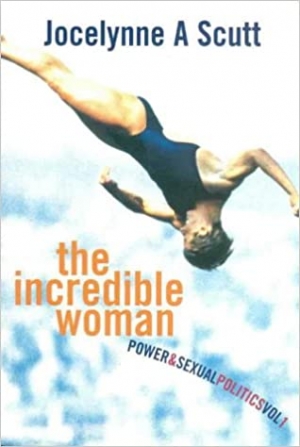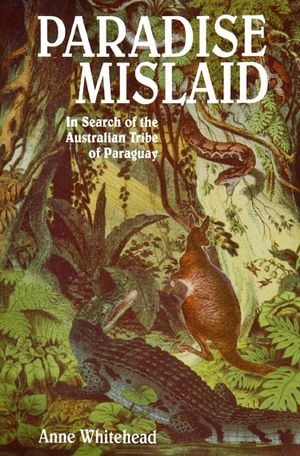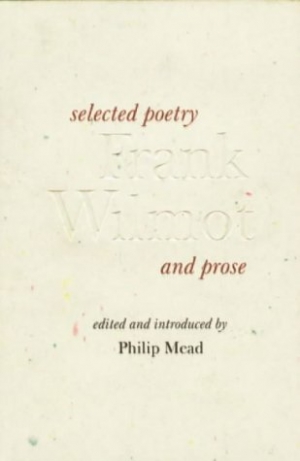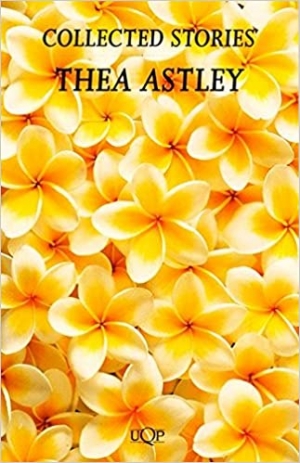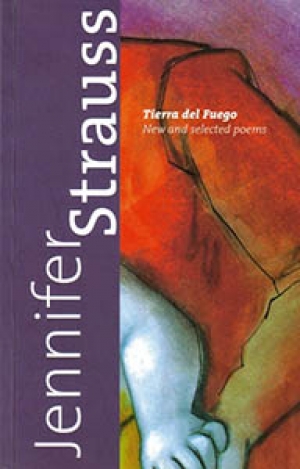Archive
Kate Macdonell reviews 'The Incredible Woman: Power and sexual politics', Volumes 1 and 2, by Jocelynne A. Scutt
When I mentioned to one of my exceptionally brainy friends that I was reviewing Jocelynne Scutt’s recent collection of speeches and papers – most of which were written during the late 1980s and 1990s and which have now been edited for a two volume work entitled The Incredible Woman – I was, strange as it may seem, not surprised to hear her say that the very thought of reading anything by Scutt made her anxious. For while those of us who are familiar with Scutt’s work will be aware of how wonderfully accessible it is, those who are familiar instead with Scutt’s formidable reputation might well presume that her writing will be heavygoing. It’s not. And because Incredible is both accessible and an important contribution to feminist politics, it would be a pity if people shied away from it.
... (read more)Edward Colless reviews 'Imants Tillers and the Book of Power' by Wystan Curnow
Imants Tiller is one of the most distinguished of Australia’s postmodern generation of artists. Just about every trendsetting exhibition within Australia throughout the 1980s had a Tillers piece on centrestage, and his inclusion in internationally touring shows then and in the 1990s has been a matter of course. His commercial success has matched his fame and his prodigious output. But Tillers’s high profile and fashionable appeal are contradictory phenomena. For an artist whose work is declaratively derivative – brashly quoting, awkwardly imitating or strategically appropriating other artists’ imagery – Tillers has nonetheless managed to develop a signature effect in his working method which is inimitable.
... (read more)Richard Hall reviews 'Paradise Mislaid: In search of the Australian tribe of Paraguay' by Anne Whitehead
It was perhaps a fair return because in 1893, when the first 200 Australian settlers took up the land given to them by the Paraguayan Government to establish their Utopian paradise, they found one thousand Guarani Indians living on the land. They were ‘expelled’.
... (read more)Gideon Haigh is turning into something of a one-man industry on cricket in Australia. Following highly successful books on the Packer revolution, Allan Border’s reign, and a recent defence of the Ashes, he has now turned his attention to the crucial years 1949 to 1971 when Australia went from being undisputed world champions to a side being overtaken, not merely by England but for the first time by South Africa, which would shortly be expelled because of its practice of apartheid, with the so-called Third World countries showing that they would not remain beaten for much longer. It opens, in other words, with Donald Bradman about to depart and ends with the ruthless sacking of Bill Lawry and the arrival of Ian Chappell as new captain.
... (read more)Chris Wallace-Crabbe reviews 'Frank Wilmot: Selected poetry and prose' edited by Phillip Mead and 'Frank Wilmot: Printer and Publisher' by Hugh Andersen
Frank Wilmot has aways existed in my mind under his nom-de-poetical-plume: that is to say, as Furnley Maurice. This, even though his proper name was given in my first collection of Australian verse, that of H.M. Green forty-five years or so ago. For several decades, from the mid-1950s on, modernism was seen as a Good Thing and our stuffy Australian forebears were upbraided for not taking it on more quickly. Over those years we strove to find the modernist traces which had gone ahead of us: in Kenneth Slessor or Chester Cobb, in Margaret Preston and Adrian Lawlor, in Walter Burley Griffin. Some of us had turned against aspects of this imprecise movement in the 1950s, I admit, because of its associations with fascism, but who could really resist for long the world of Picasso, Stravinsky, Woolf, Joyce, and Auden? What incomparable riches were there, I felt, and still do.
... (read more)One of the principal characters in much of Thea Astley’s writing is Queensland. ‘An intransigent fecundity dominated two shacks which were cringing beneath banana clumps, passion-vines, granadillas.’ There’s a lot of sad poetry about the place; and the distances that separate us, I mean the physical distances, are like verse-breaks in a ballad; and once, once we believed the ballad might never end but go on accumulating its chapters of epic while the refrain, the almost unwordable quality that mortises us together, retained its singular soul. How express the tears of search?
... (read more)The funny ways we have of writing about sex and how rarely it really works. The memory of how it feels, what is involved, what it means. How strenuously we, as writers and as people who have done it and then talk or write about it, try to capture the movement and intensities we remember. And how ludicrously it so often comes out at that second division, once removed from the flesh and heat.
... (read more)Philippa Hawker reviews 'Once an Australian: Journeys with Barry Humphries, Clive James, Germaine Greer and Robert Hughes'
What do the fab four of this book have in common? Not simply that they are Australian and expatriate, that they are writers who have achieved a degree of celebrity and performers who have made skilful use of television.
... (read more)Stephanie Trigg reviews 'Tierra del Fuego: New and selected poems' by Jennifer Strauss
‘Academic poet’ signifies, primarily, male academic poet. So, does the adjective ‘female’ in ‘female academic poet’ more intensely qualify ‘academic’ or ‘poet’? And what happens when that female academic poet is a teacher and student of feminist theory and women’s writing? Predictably enough, her work tempts the taboo-laden conjunction of politics and poetry.
It must be said that the poems in Tierra def Fuego, the new and selected poems of Jennifer Strauss, exhibit little anxiety about either of these issues: the role of women in academia or the threat politics might offer to the lyric, Strauss’ poetic home base. The trademarks of the academic poet have an established place in Strauss’ work: the new poem ‘Life 301 – Birthday Tutorial’, for example, picks up a theme from ‘Life 101 – Lecture’ from her first collection, Children and Other Strangers, of 1975, using the classroom as a metaphor for other kinds of learning.
... (read more)
